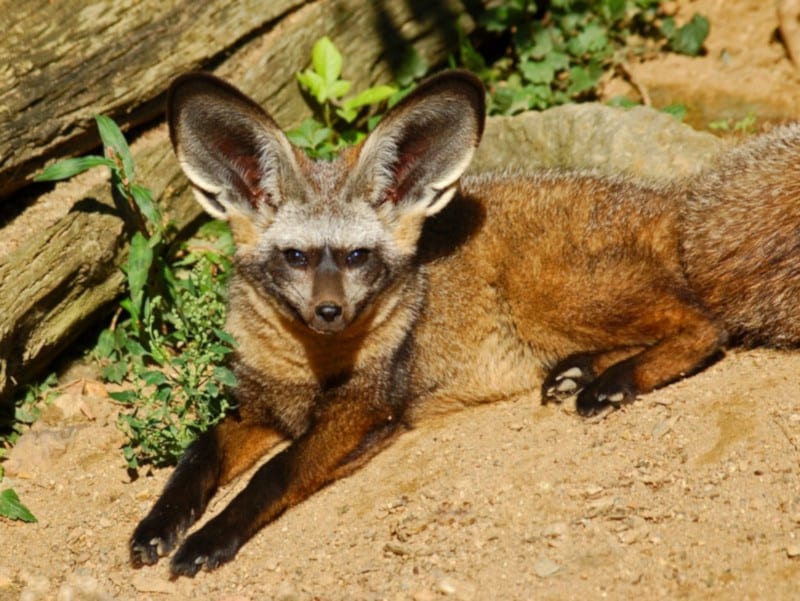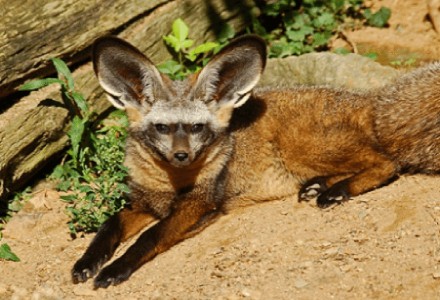
Bat Eared Fox Facts
- Most notably, the fascinating looking Bat-Eared Fox forms a very special species of wild canine. Further, the animal also evolved as endemic to a rather restricted range of the world.
- In addition, its distinctive name, quite understandably, derives from its unusually large ears. In fact, these rank among the largest in the entire animal kingdom, at least in relation to its body size.
- Unlike other canines, this unique animal will also occasionally form polygynous pairings when mating.
- Fortunately, the IUCN currently lists this remarkable animal as a Species of Least Concern. Thankfully, this ranking occurs due to sufficient numbers, despite its rather limited range.
Related Articles
Fennec Fox Crab Eating Fox Arctic Fox
Bat-Eared Fox Physical Description
First of all, the fur of the fascinating Bat-Eared Fox has a decidedly eye-catching appeal. That’s because it predominantly appears brown and tawny in color, at least in the majority of individuals.
Also, the rather distinctive markings of this unique animal typically include black legs, ears, and portions of its face.
In addition, the head and body length of the fascinating canid average around 21.6 in (55 cm). In addition, its ears develop quite long. The pronounced ears usually have a length of about 5.1 in (13 cm).
Further, its body has also evolved the incredible ability to require very little fresh water. As a result, therefore, the majority of its water intake is provided by the bodily moisture of its prey.
- Kingdom: Animalia
- Phylum: Chordata
- Class: Mammalia
- Order: Carnivora
- Family: Canidae
- Genus: Otocyon
- Species: O. megalotis
Bat-Eared Fox Distribution, Habitat, and Ecology
The astonishing looking Bat-Eared Fox evolved as native to a rather broad range of the world. For the most part, this remains limited to the African savannas. There, its coloring provides excellent camouflage.
Sadly, however, currently, only two known population groups of Bat-Eared Fox still exist in Africa.
One of these is present in the southern regions including Angola, parts of Zambia, and South Africa. The other population group inhabits the region including Tanzania, Ethiopia, and also the southern portions of Sudan.
The canid also prefers to dwell in one of two types of habitat. One of these is the dry zones of the savanna, and another consists of short grasslands.
It also feeds principally as insectivorous in nature, and this is where the evolutionary trait of the over-sized ears comes into play. In its native environment, excellent hearing is a must for locating and catching its often highly elusive prey.
Yet, when necessary, individuals have also been seen to on upon a wide variety of invertebrates. These include beetles, crickets, ants, millipedes, grasshoppers, moths, scorpions, and spiders.
Species Sharing Its Range
Medusas Head Cheetah Boomslang
Check out our other articles on Indian Wolf, Red Wolf, Giants Causeway, White Spotted Puffer, Rainbow Eucalyptus, 5 Incredible North American Islands, Giant Hogweed

